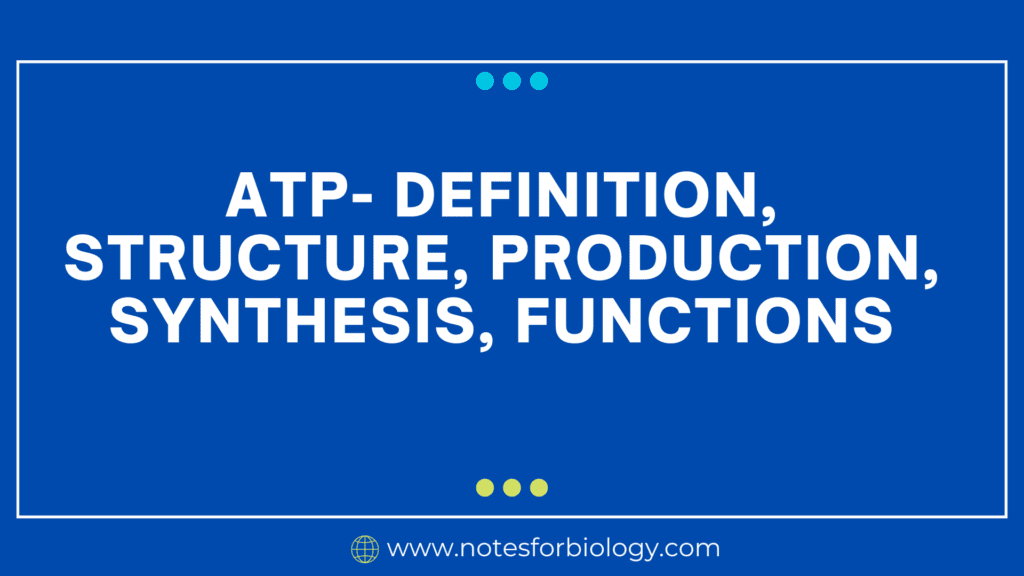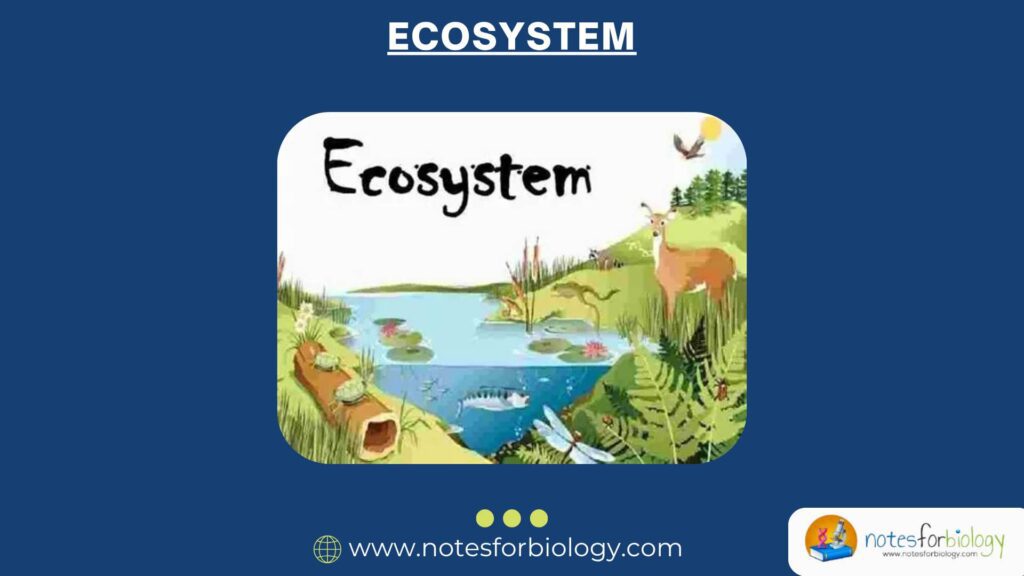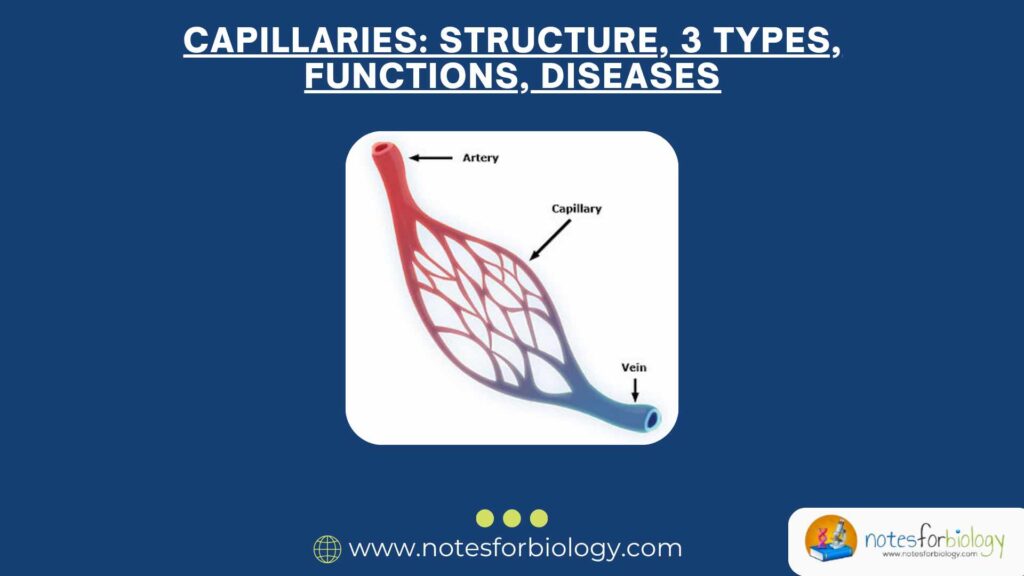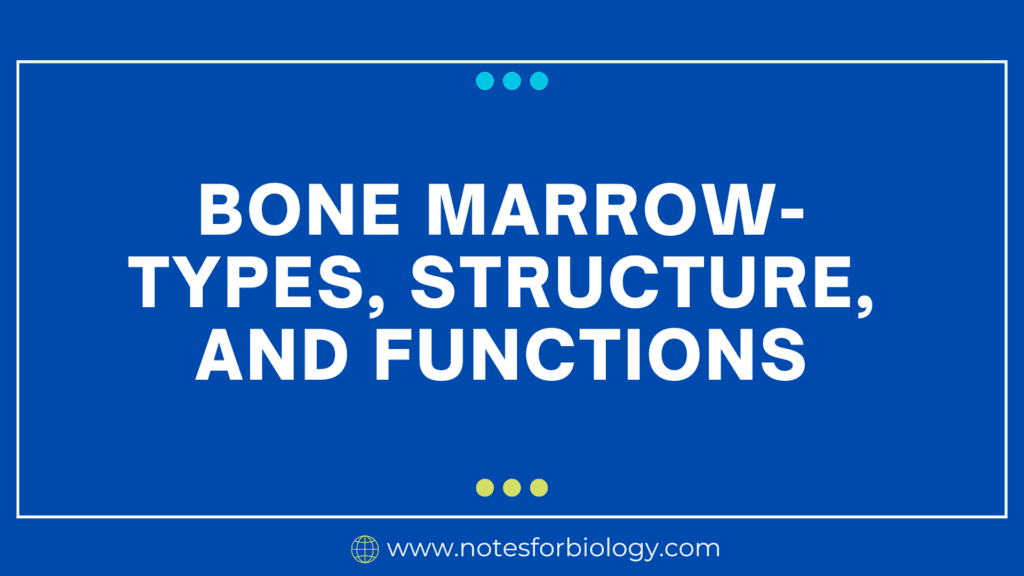What is ATP?

Adenosine triphosphate, is a universal energy currency found in all living things and is a fundamental component of cellular energy metabolism. Three essential elements make up the structural makeup of ATP: adenine, a nitrogenous base; ribose, a five-carbon sugar; and a chain of three phosphate groups. This high-energy molecule serves as a chemical energy store, which is essential for powering biological functions. Because of the way ATP is structured, energy can be stored in the form of phosphate bonds, which are easily broken to release energy for cellular functions.
The two main processes that produce Adenosine triphosphate are photosynthesis and cellular respiration. Glycolysis, the Krebs cycle, and oxidative phosphorylation are the processes that produce ATP during cellular respiration. ATP is produced in chloroplasts during light-dependent processes that occur during photosynthesis. Phosphorylation, a step in the synthesis process, is the addition of a phosphate group to adenosine diphosphate (ADP) to create ATP.
Table of Contents
Structure of Adenosine triphosphate
Three fundamental parts make up the nucleotide Adenosine triphosphate
Adenine
Adenine, a vital molecule in biology, is a nitrogenous base that serves as one of the fundamental building blocks of nucleic acids, the molecules responsible for encoding genetic information in living organisms. Structurally, adenine features a double-ring structure, comprised of a six-membered ring fused to a five-membered ring, which categorizes it as a purine. In the context of nucleic acids, adenine forms specific base pairs: it pairs with thymine (in DNA) or uracil (in RNA).
Ribose
Ribose, a key component of nucleic acids and certain coenzymes, is a pentose sugar distinguished by its five-carbon structure. Functionally, ribose serves as the backbone of RNA (ribonucleic acid), providing the scaffold upon which the nucleotide bases—adenine, guanine, cytosine, and uracil—are attached. In the context of RNA, ribose’s hydroxyl group at the 2′ position distinguishes it from deoxyribose, the sugar found in DNA.
Three Phosphate Group
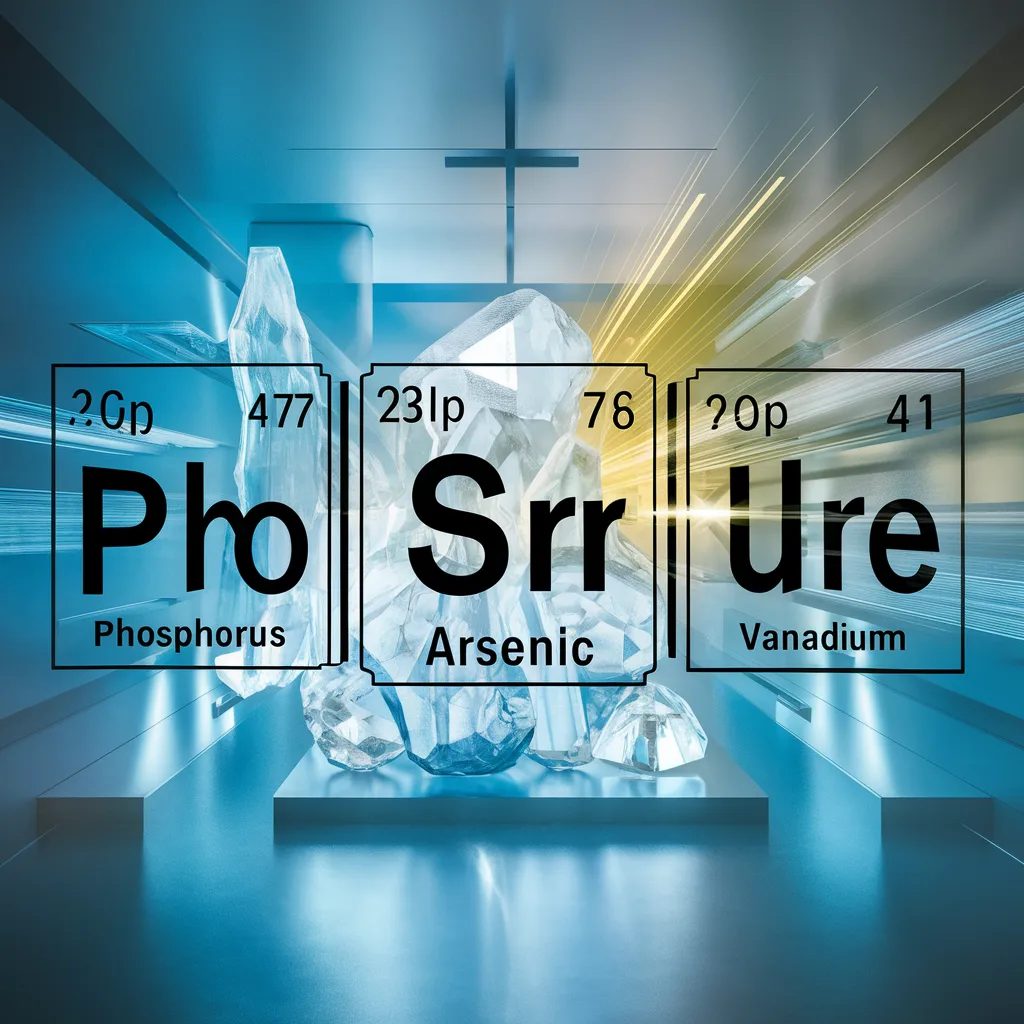
The structural element known as “three phosphate groups” is frequently present in molecules like adenosine triphosphate (ATP), which is an essential energy transporter in biological systems. Adenosine, a nucleoside made of adenine and ribose, is the building block of ATP. It is connected to three phosphate groups in a configuration resembling a chain. These phosphate groups are linked to the 5′ carbon of the ribose sugar and are referred to as alpha (α), beta (β), and gamma (γ) phosphates.
Production
Adenosine triphosphate is generated through different methods
Photophosphorylation
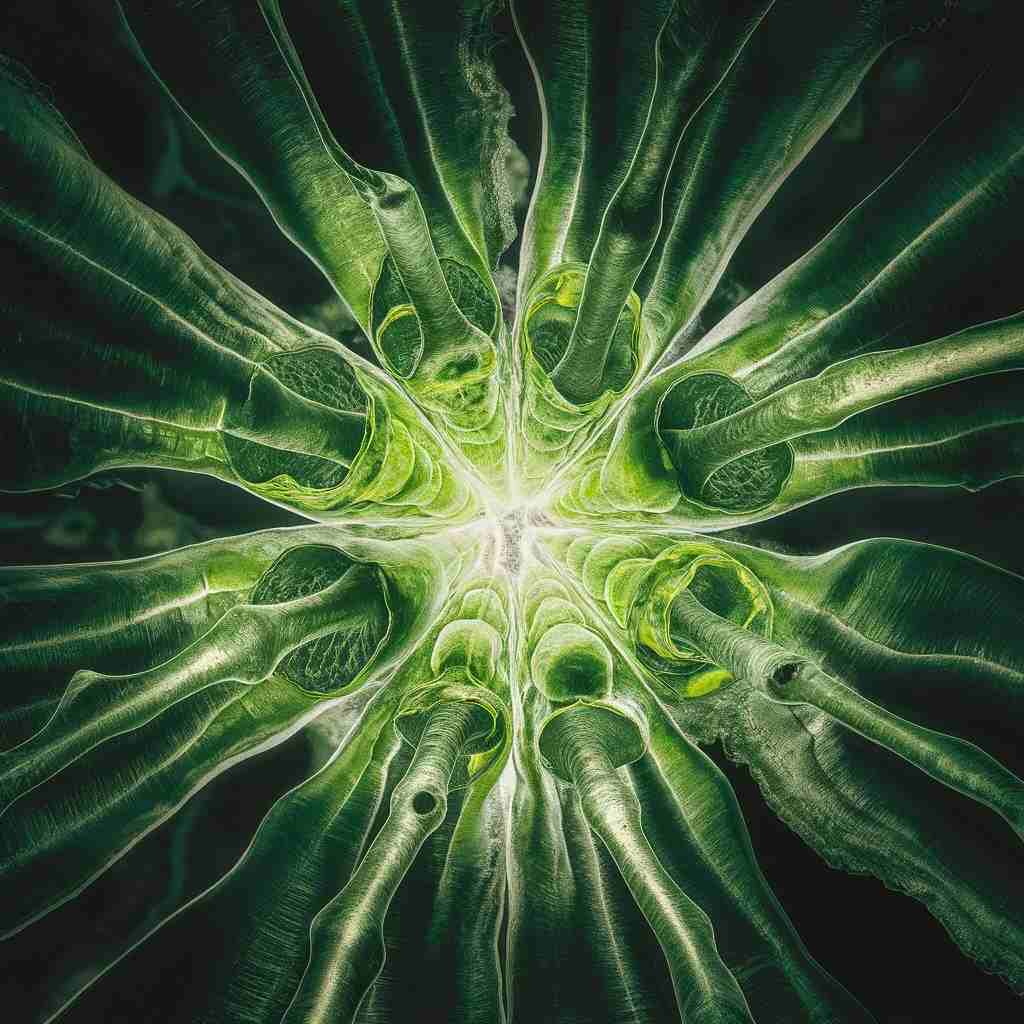
The method of producing Adenosine triphosphate from ADP and inorganic phosphate (Pi) with light energy is known as photophosphorylation. It happens when light energy is absorbed by chlorophyll and other pigments in photosystems I and II during the light-dependent activities of photosynthesis. This energy powers the movement of electrons along an electron transport chain, which in turn causes ATP synthase to produce ATP. In essence, photophosphorylation is the process by which photosynthetic organisms produce ATP under the influence of light.
Cellular Respiration
Cellular respiration is the process by which cells convert glucose and oxygen into carbon dioxide, water, and ATP (adenosine triphosphate), releasing energy that cells can use for various functions. It consists of three main stages: glycolysis, the citric acid cycle, and oxidative phosphorylation. Glycolysis occurs in the cytoplasm and breaks down glucose into pyruvate, producing a small amount of ATP. The citric acid cycle takes place in the mitochondria and further oxidizes pyruvate, generating more ATP and reducing equivalents.
Fermentation
Fermentation is an anaerobic metabolic process that converts carbohydrates, such as glucose, into organic acids, gases, or alcohol in the absence of oxygen. It serves as an alternative pathway for ATP production when oxygen is scarce. During fermentation, pyruvate, produced during glycolysis, is converted into different end products depending on the organism and environmental conditions.
Synthesis of Adenosine triphosphate
The molecular mechanisms by which cells create ATP, the main unit of account for energy in biological systems, are referred to as Adenosine triphosphate synthesis, Adenosine triphosphate production, or Adenosine triphosphate generation. There are two primary pathways by which Adenosine triphosphate is synthesized : oxidative phosphorylation and substrate-level phosphorylation.
Level of Substrate Phosphorylation
When substrate-level phosphorylation occurs, adenosine diphosphate (ADP) and inorganic phosphate (Pi) are directly converted into ATP during metabolic processes.
This mechanism is commonly found in the citric acid cycle (Krebs cycle) and glycolysis, where phosphorylated substrates’ high-energy phosphate groups are transferred from ADP to generate Adenosine triphosphate.
For instance, phosphoenolpyruvate transfers a phosphate group to ADP during glycolysis, resulting in the formation of Adenosine triphosphate and pyruvate.
Phosphorylation by Oxidation
The main process by which aerobic organisms synthesize ATP is called oxidative phosphorylation, which takes place in the inner mitochondrial membrane (or plasma membrane in prokaryotes). It entails the movement of electrons to the electron transport chain (ETC) from reduced coenzymes (NADH and FADH2) produced during the citric acid cycle and glycolysis. A proton gradient is produced when electrons pass through the ETC and release energy that is then used to pump protons (H+) across the inner membrane. Chemiosmosis is the process through which Adenosine triphosphate synthase generates ATP from ADP and Pi by allowing protons to return to the mitochondrial matrix. As the last electron acceptor in the electron-to-carbon chain (ETC), oxygen combines with protons and electrons to generate water.
Functions of Adenosine triphosphate
Adenosine triphosphate, or Adenosine triphosphate, is the main unit of account for energy in biological systems due to its several vital roles within cells. The following are some of ATP’s main roles:
Energy Currency
The high-energy phosphate bonds in Adenosine triphosphate store and release energy, which is then easily accessible to power different cellular functions. This energy is used for biochemical processes like biosynthesis and active transport across cellular membranes as well as mechanical tasks like contracting muscles.
Muscle Contraction
In order for muscle cells to contract and carry out mechanical work, Adenosine triphosphate is needed. ATP is hydrolyzed to ADP and inorganic phosphate during muscular contraction, generating energy that propels the contraction of muscle fibers.
Active Transport
The process of moving ions and molecules across cellular membranes across concentration gradients is called active transport, and it is powered by ATP. Proton pumps that are involved in pH regulation and the sodium-potassium pump, which preserves the ion gradients necessary for nerve impulse transmission, are two examples.
Biosynthesis
The synthesis of macromolecules like proteins, lipids, and nucleic acids requires energy, which is supplied by ATP. During these biosynthetic activities, ATP contributes phosphate groups to substrates, which helps build new chemical bonds.
Signal Transduction
ATP controls enzyme activity and the way cells react to outside stimuli, acting as a signalling molecule in a number of biological processes. As an illustration, consider how ATP-dependent kinases phosphorylate proteins to alter gene expression and cellular signalling pathways.
All things considered, ATP is crucial for maintaining cellular viability and function, allowing organisms to adapt to their surroundings, preserve homeostasis, and perform vital biological functions.
Frequently Asked Questions
What do you mean by Biosynthesis ?
The synthesis of macromolecules like proteins, lipids, and nucleic acids requires energy, which is supplied by ATP. During these biosynthetic activities, ATP contributes phosphate groups to substrates, which helps build new chemical bonds.
Define Adenosine triphosphate in short ?
Adenosine triphosphate, is a universal energy currency found in all living things and is a fundamental component of cellular energy metabolism. Three essential elements make up the structural makeup of ATP: adenine, a nitrogenous base; ribose, a five-carbon sugar; and a chain of three phosphate groups.
What are the functions of Adenosine triphosphate?
The functions of Adenosine Triphosphate are
1.Energy Currency
2.Muscle Contraction
3.Active Transport
4.Signal Transduction
Related Articles

